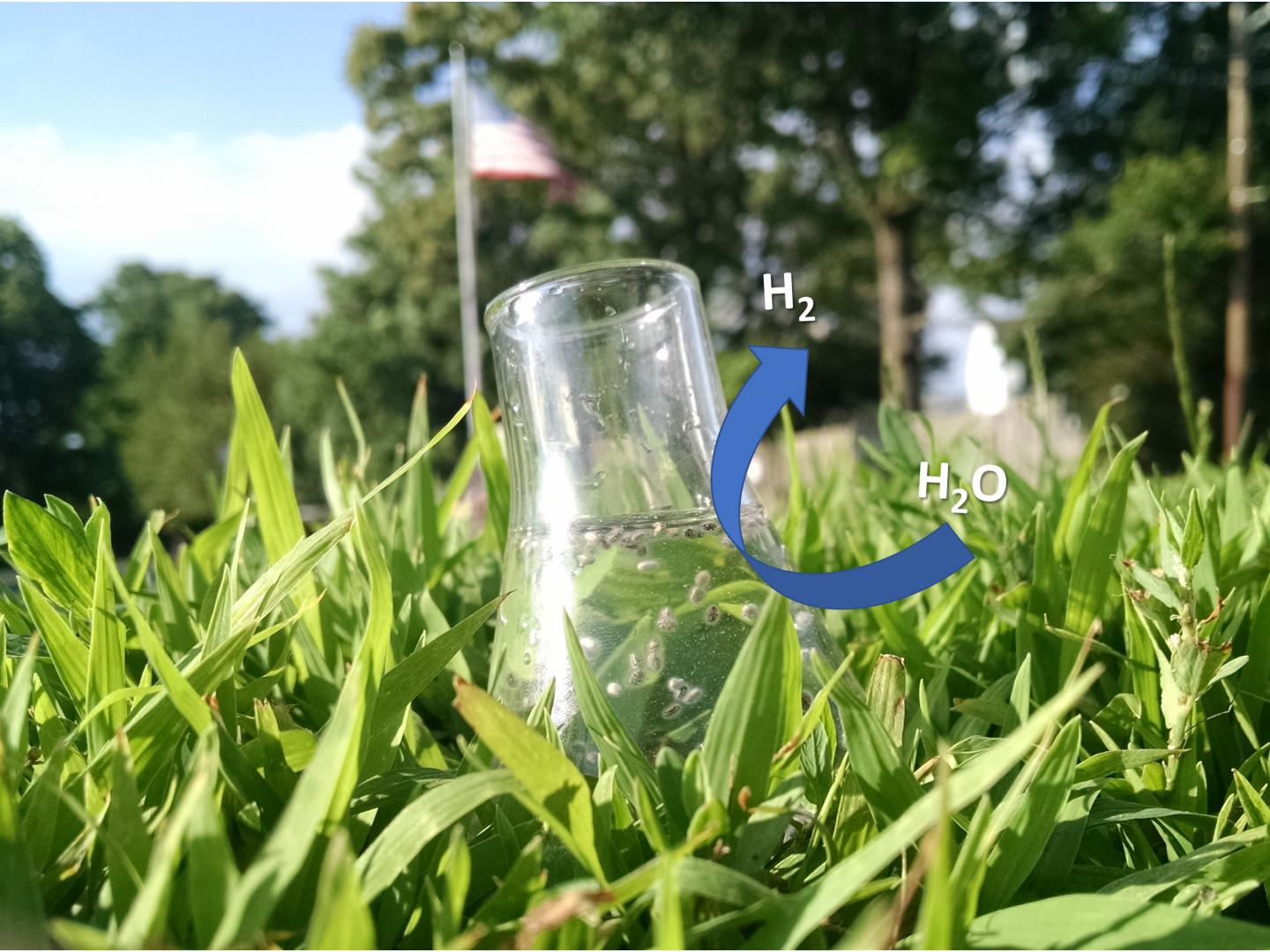Rutgers study opens door to better solar storage

Star-shaped gold nanoparticles, coated with the semiconductor TiO2, can produce hydrogen from water over four times more efficiently than other methods - opening the door to improved storage of solar energy and other advances that could boost renewable energy use and combat climate change, according to Rutgers University-New Brunswick researchers.
"Instead of using ultraviolet light, which is the standard practice, we leveraged the energy of visible and infrared light to excite electrons in gold nanoparticles," said Laura Fabris, associate professor in the Department of Materials Science and Engineering in the School of Engineering who led the work with Fuat Celik, assistant professor in the Department of Chemical and Biochemical Engineering. "Excited electrons in the metal can be transferred more efficiently into the semiconductor, which catalyzes the reaction."
The researchers, whose study was published online in the journal Chem, focused on photocatalysis, which typically means harnessing sunlight to make faster or cheaper reactions.
TiO2 illuminated by ultraviolet light is often is used as a catalyst, but using ultraviolet light is inefficient. In the study, Rutgers researchers tapped visible and infrared light that allowed gold nanoparticles to absorb it more quickly and then transfer some of the electrons generated as a result of the light absorption to nearby materials like titanium dioxide.
The engineers coated gold nanoparticles with TiO2 and exposed the material to UV, visible, and infrared light and studied how electrons jump from gold to the material. The researchers found that the electrons, which trigger reactions, produced hydrogen from water over four times more efficiently than previous efforts demonstrated. Hydrogen can be used to store solar energy and then combusted for energy when the sun is not shining.
"Our outstanding results were ever so clear," Fabris said. "We were also able to use very low temperature synthesis to coat these gold particles with crystalline titanium. I think both from the materials perspective and the catalysis perspective, this work was very exciting all along. And we were extremely lucky that our doctoral students, Supriya Atta and Ashley Pennington, were also as excited about it as we were."
"This was our first foray," she added, "but once we understand the material and how it operates, we can design materials for applications in different fields, such as semiconductors, the solar or chemical industries or converting carbon dioxide into something we can use. In the future, we could greatly broaden the ways we take advantage of sunlight."
'TiO2 on Gold Nanostars Enhances Photocatalytic Water Reduction in the Near-Infrared Regime' by Supriya Atta et al; Chem, July 12, 2018


































